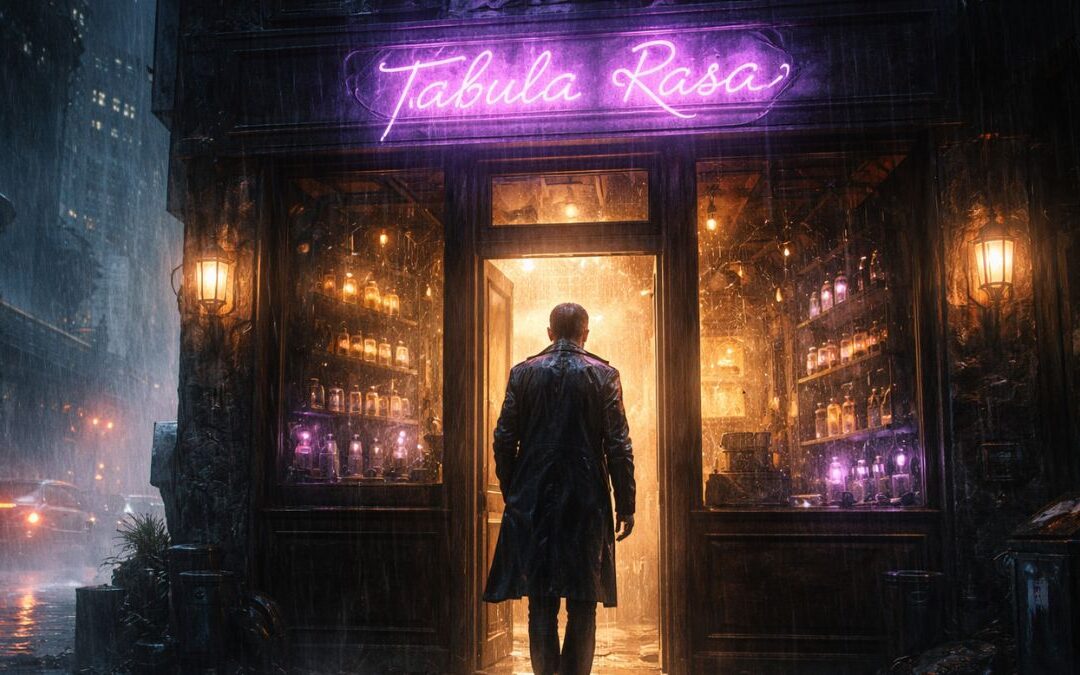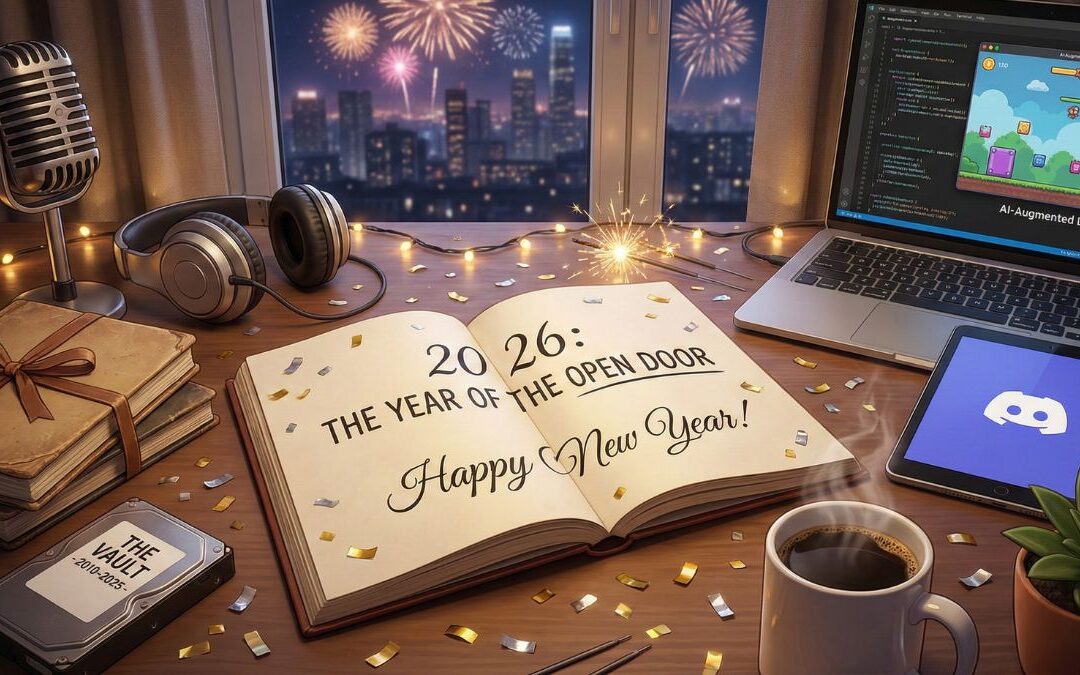Once upon a time, in a small town nestled between the rolling green hills and the azure sea, there lived an eccentric old painter named Alfred. Alfred was an enigma to the townsfolk, his peculiarities confounding them. But what intrigued them most were his paintings. Each one was a vibrant mosaic of colors and shapes, with one peculiar detail – the recurrent motif of a single red balloon. A solitary crimson sphere against a tapestry of hues, it seemed to hold a meaning that eluded the comprehension of the townsfolk. That balloon, my dear reader, is the embodiment of symbolism in literature, a silent echo that resonates with deeper meanings beyond the literal.
To put it simply, symbols are objects, characters, or events that hold a deeper meaning than their literal interpretation. They act as threads that bind the narrative together, subtly enhancing the depth and richness of the tale. But, like the townsfolk gazing at Alfred’s paintings, it’s easy to overlook their significance if we don’t understand their language.
Take, for instance, Harper Lee’s timeless masterpiece, “To Kill a Mockingbird.” The mockingbird in the novel is a symbol of innocence and harmlessness. When Atticus Finch instructs his children not to kill mockingbirds because “it’s a sin,” he indirectly emphasizes the wrongness of harming innocent beings. This symbol echoes throughout the novel, enhancing the narrative’s depth and conveying profound lessons on justice, prejudice, and empathy.
Now, consider F. Scott Fitzgerald’s “The Great Gatsby.” The green light at the end of Daisy’s dock is a symbol of Gatsby’s distant dreams, his longing for a life with Daisy. This green beacon guides the narrative, offering an insight into Gatsby’s character and the universal human condition of longing, hope, and disillusionment.
One might wonder how these symbols, nestled within the lines of these literary works, connect with our everyday life. Isn’t symbolism just a fancy tool used by authors to adorn their narratives? Well, think again.
Symbols are not just confined within the realms of literature. They are an integral part of our daily lives, a silent language we all understand. The traffic light at the intersection is a perfect example. The red light is not just a glowing red orb; it symbolizes ‘stop,’ a command to halt. The green light isn’t merely a bright green spot; it symbolizes ‘go,’ an indication to proceed. This symbolic interpretation is so deeply ingrained in us that we react to these signals almost instinctively.
Similarly, a hearty meal cooked by a parent is not just about the flavors; it’s a symbol of their love and care. A wedding ring is not just a band of gold or diamond; it symbolizes the vows of love, commitment, and unity between two individuals. The melodies of a national anthem aren’t just a pleasing arrangement of musical notes; they symbolize patriotism, shared history, and national pride.
Just as Alfred’s red balloon held a deeper meaning beyond its colorful exterior, so do these symbols in our lives. They add depth and richness to our experiences, enabling us to perceive beyond the literal.
But why do we need symbols? Can’t we express ourselves plainly without the need for these symbolic representations? Let’s revisit Alfred’s town to understand why.
One day, a curious little girl named Lucy mustered the courage to ask Alfred about the red balloon in his paintings. Smiling, Alfred said, “It represents freedom, my dear. The balloon, untethered and free, soars high in the sky, unrestricted by any chains. It’s a symbol of our dreams and aspirations, of our longing for freedom.”
The townsfolk could have understood the concept of freedom without the balloon. Still, the symbol of the red balloon made the idea more tangible, more relatable. It was a gentle echo that lingered, subtly influencing their perceptions of freedom.
Similarly, symbols in literature make abstract ideas and themes more palpable, subtly influencing our understanding of these concepts. They act as mirrors, reflecting our realities, our dreams, our fears, and our desires. They allow us to explore complex emotions, societal issues, and universal truths more intimately.
Moreover, symbols make the narrative more engaging, more memorable. We might forget the specifics of a story, but a powerful symbol stays with us, resonating in our minds long after we’ve turned the last page. Remember the red balloon in Alfred’s paintings? Even after Alfred was long gone, the townsfolk remembered him and his idea of freedom through the symbol of the red balloon.
In conclusion, symbols are the lifeblood of literary narratives, breathing life into words and sentences. They are the echoes that resonate within the tale and beyond, subtly shaping our perceptions and enriching our understanding of the world around us.
As we step back from Alfred’s story, we realize that the world around us, much like his paintings, is rich with symbols. They speak to us in a language that transcends words, adding depth, richness, and beauty to our daily experiences.
By understanding symbolism in literature, we not only appreciate the art of storytelling more deeply but also become more aware of the symbolic language in our daily lives. We learn to perceive beyond the literal, to listen to the silent echoes that resonate with deeper meanings. And in doing so, we enrich our experiences, our understanding, and our lives. And that, dear reader, is the beauty of literary analysis and the power of understanding symbolism in literature.










0 Comments